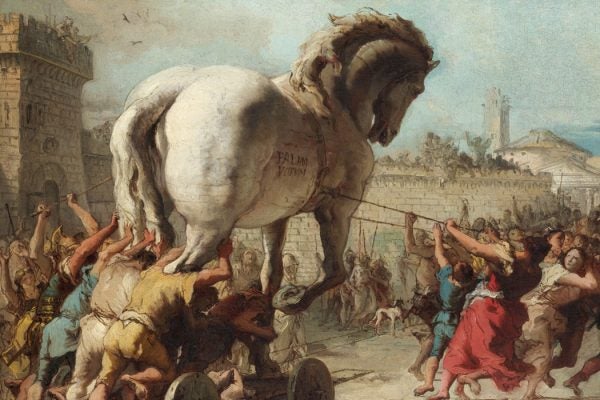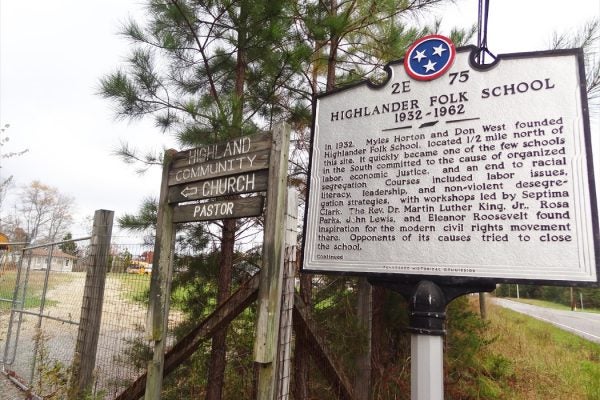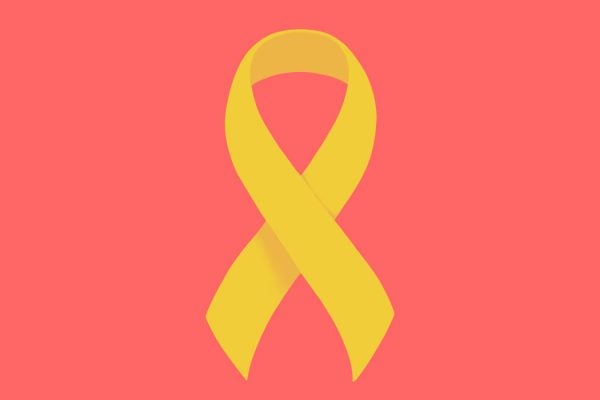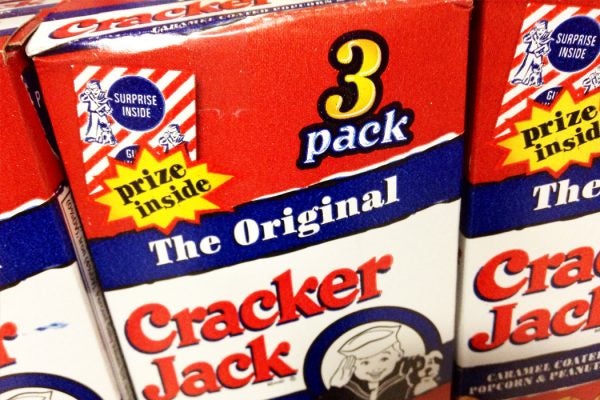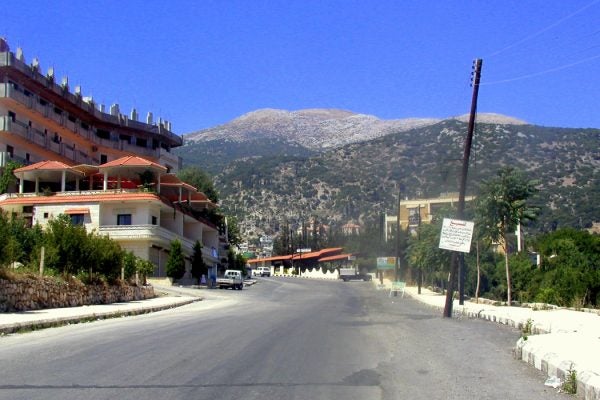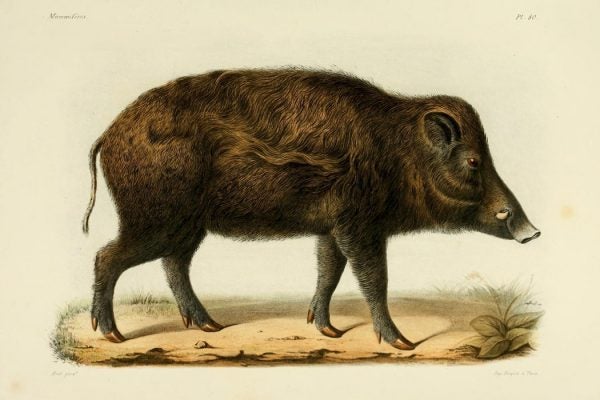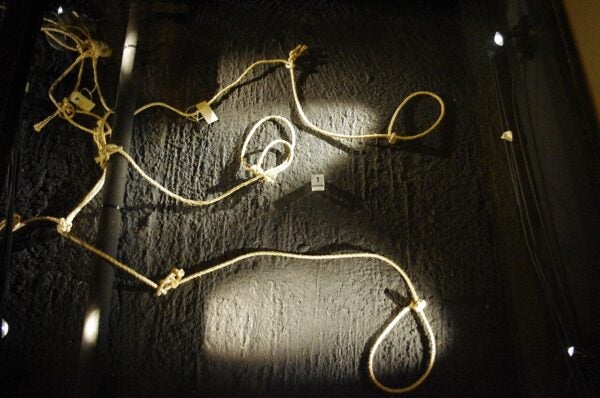How Non-Mammals “Nurse” Their Young
Some birds feed their young with "crop milk," while discus fish feed their fry with a special mucus. It may not seem as cute as nursing, but it works.
Greek Gods and Game Theory
Game theory is the study of mathematical models of strategic interaction. Connecting it with famous stories makes it easier for students to grasp.
The Destruction of a Civil Rights Center
The Highlander Research and Education Center is "the most notable American experiment in adult education for social change." One of its buildings recently burned down.
Lee Smolin: Science Works Because We Care to Know the Truth
Lee Smolin speaks on quantum gravity, the nature of time, the role of ethics in science, and the importance of realism.
The Many Meanings of Yellow Ribbons
The strange and convoluted history of why yellow ribbons became a symbol of the Gulf War in the 1990s.
The Invention of the Giveaway
The appeal of the free gift has always been, for the consumer, about the eternal dream of getting something for nothing.
Turkey’s “Outsider” Threats
Ever since it was founded as a republic in 1923, Turkey has struggled with its so-called Kurdish issue.
Denmark Builds a Wild Boar Wall
Is constructing a fence along the Denmark/Germany border really the best way to keep wild pigs away from domestic pigs?
Stockholm Syndrome
What really happened that summer day in 1973? And what does it reveal about our cultural attitudes toward violence?
Mahatma Gandhi, Master Mediator
Gandhi's legacy helped shape independent India, if in sometimes indirect ways.

